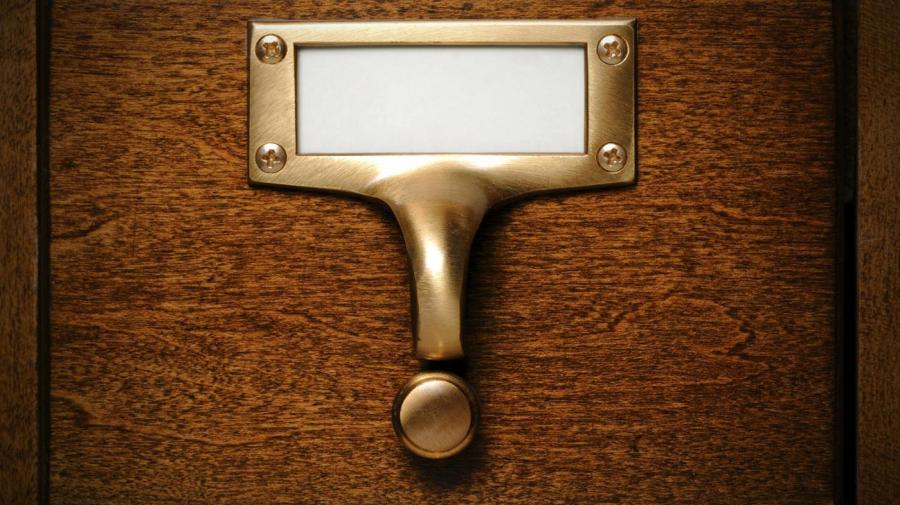What Is the Purpose of a Database?

A database is used to collect and organize data. Although an electronic version such as one created in Microsoft Access may be the first that comes to mind, there are many non-automated database versions as well, such as a personal phone and address book.
A database can simply be a list that is kept written or typed on paper, in a computer spreadsheet or word processing document. This type of database, called a flat file, consists of one table with rows and columns of data. For example, a simple database for a small business might contain only two columns, product name, or brand and price. If a customer calls to ask about pricing, the store employee scans down the first column to find the product and then looks at the associated price column to answer the customer’s question.
Most computerized databases are considered relational databases and are created using structured query language generally referred to as SQL. This type of database uses multiple tables of data that are related and ties them together with keys – a common identifying code. For example, a department code might serve as a key that ties department information and product tables together. These types of databases prevent multiple entries of the same data, provide fast sorting and various reporting opportunities.





